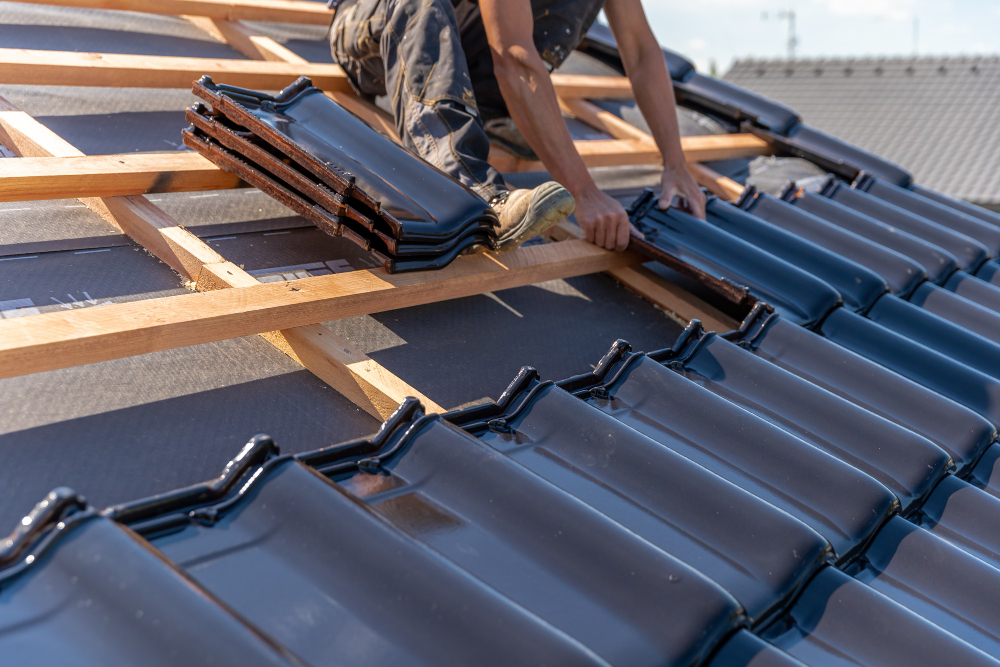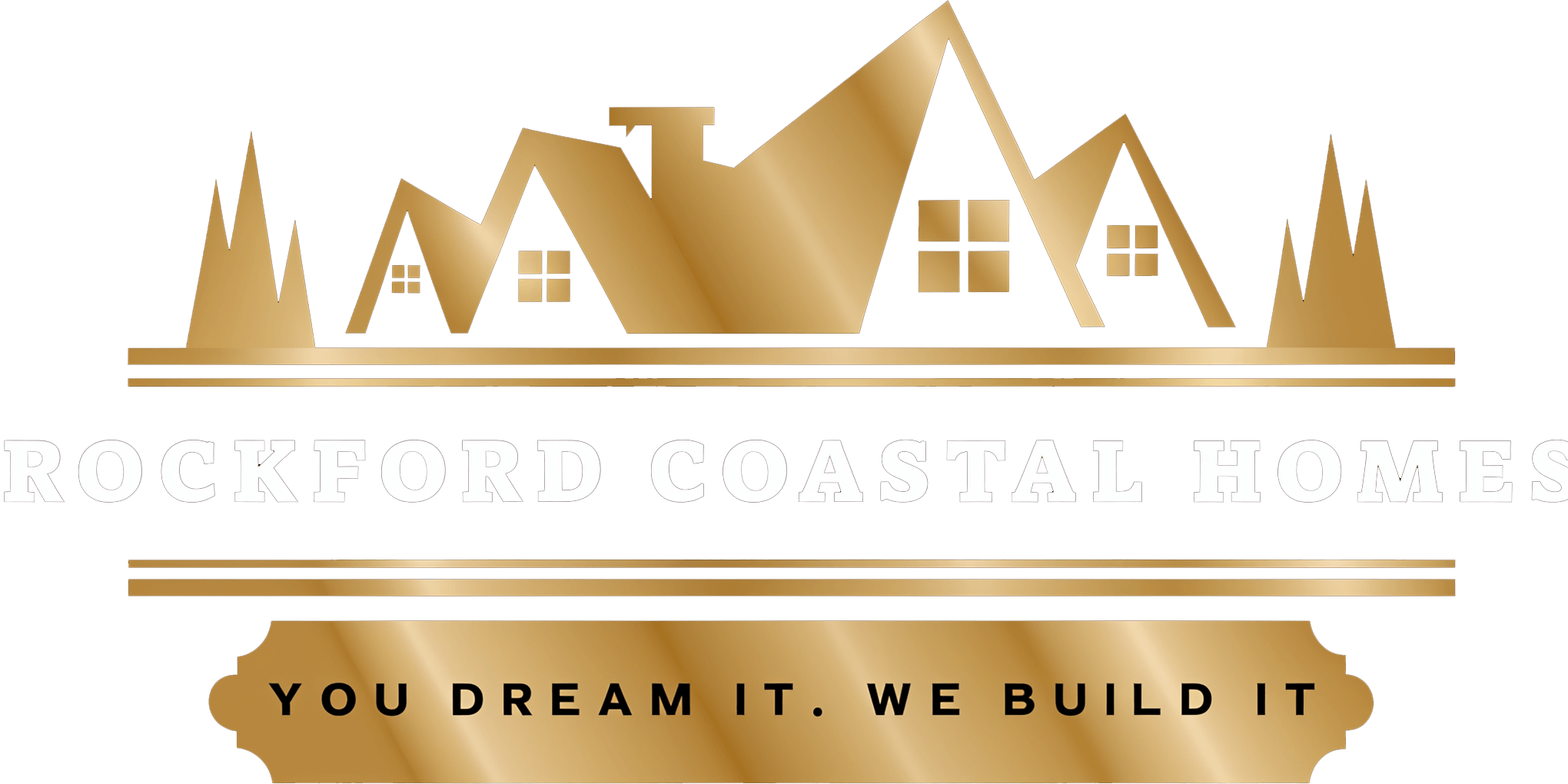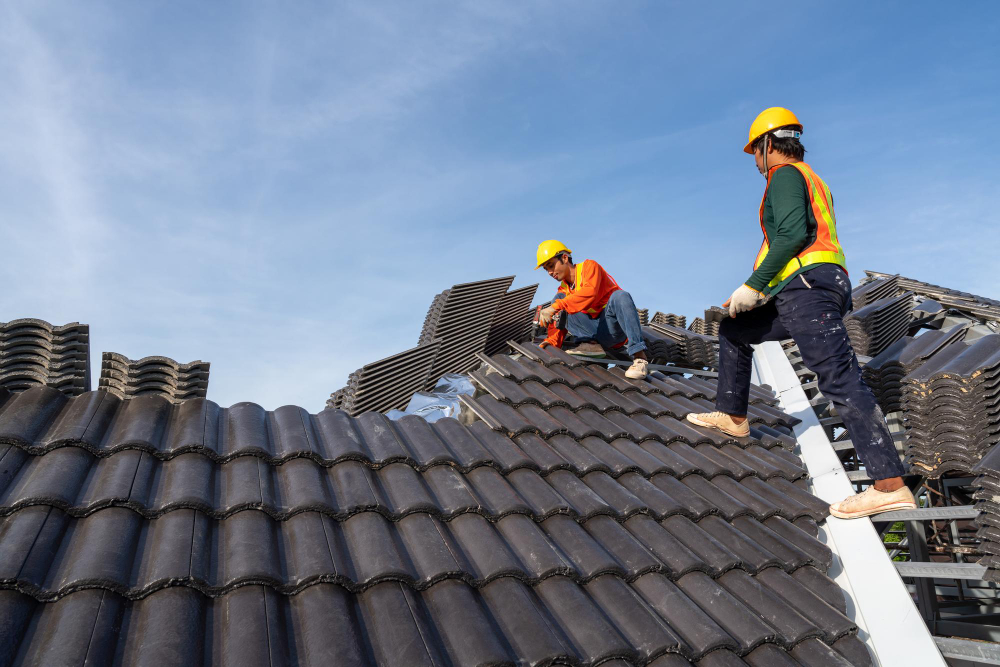Imagine you lived in a rainy area in a house that had a perfect roof. You were confident, satisfied, believing that nothing could happen. But one rainy night, when you were sleeping peacefully, a loud bang woke you up, in fear.
You checked around anxiously, to find out that the only surface protection of your house had been damaged, and the rainwater was pouring in, rapidly. That’s dangerous. A real threat to you and your family’s life. But why did this happen?
Because it wasn’t one rainy night that caused this danger. It was consistent rainwater damage caused over a long period to the roof that you thought, was safe.
When analyzed by a professional roofer, you realized that the roof was not meant to support the structure that consistently got soggier and heavier with time. You were all worked up and scared about your family’s future. That’s when the inspector shared the perfect solution. What type of plywood for roof?
Let’s place you on a steeper learning curve about the types of plywood for roofs, and you’ll be better equipped to decide on the right one for your roof.
Types of Plywood for Roofing That Perform
Before diving into the technicalities, remember that plywood comes in different grades or classes symbolized by letters A, B, C, and D.
Let’s decode the grades first:
A: No knots, no defect; A-grade plywood. (The fewer the number of knots, holes, and repaired defects, the more expensive the plywood.)
B: Small knots and smooth surface, ideal for painting and veneering.
C: Perfect for use under shingles and roofing felt.
D: Ideal for the underside of the plywood sheet.
Got an understanding? Now let’s move on to what type of plywood for roof:
· CDX Plywood
As you understand that plywood derives its strength from well-connected wood layers, with every alternate layer differing in wood grain. This is the magic behind the massive power of a plywood sheet.
Temporary rain and humidity exposure? Not an issue with CDX. It also works perfectly under metal roofing, asphalt shingles, and other roofing materials.
CDX plywood is an economical roof sheathing choice for homeowners as it offers a decent balance between cost and performance. Want to know the meaning behind its name?
- C: The grade of the plywood sheet’s front
- D: The grade of the plywood sheet’s back
- X: The glue type used to join the layers
· FRT Plywood
Short for Fire Retardant Treated, FRT plywood is used for houses that are located in places susceptible to fire. Even houses in normal locations benefit from FRT, while local regulations often demand houses to have fire-resistant roofs.
Considering this, FRT plywood is installed for roof sheathing, which initiates the process of acid hydrolysis when heated up due to fire, amplifying fire resistance at a crucial period.
· ZIP Wood
Offering the standard plywood resilience, ZIP wood is a type of plywood that provides extra weather-resistance benefits. Created with a built-in water-resistance barrier, ZIP wood offers more durability and moisture-resistance than traditional plywood, while the barrier diminishes the requirement for a separate underlayment in several cases.
The integrated system not only provides easy installation but also ensures extra security against moisture infiltration. Often, ZIP wood is installed with easy-to-use locking systems that help create a tight closure between sheets.
· OSB (Oriented Strand Board)
Short for Oriented Strand Board, OSB is a meticulously manufactured wood product composed of wood strands or flakes arranged in layers and joined with resin. So technically, OSB is not plywood but is often utilized as a substitute in roofing applications.
While OSB is resistant to bending and shrinking, it also offers extraordinary strength for roofs, often at more cost-effective rates than conventional plywood. The moisture-resistance; however, is another story.
OSB can easily get damaged if exposed to moisture over a long period. The OSB board inflates along the edges and takes a much longer time to dry out, leaving behind observable crests along the board edges (doesn’t happen with the marine-grade OSB, especially created for use on boats). Therefore, it is considered ideal for roofing in locations where the climate is moderate.
Note: Among all these types, CDX and OSB are considered the best plywood for roofs – CDX for its affordability and moisture-resistance, while OSB for its high strength and cost-effectiveness.

What Type of Plywood for Roof? – Factors to Consider
Let us give you an extra edge while selecting the right plywood for your roof. Consider these factors when deciding on the suitable plywood for your roof, and we’re sure you’ll reach the right conclusion:
· Span Smarter, Build Stronger
Consider the rafter spacing. The wider the rafter spacing, the thicker the plywood will be required for adequate support.
· Temperature Matters in Material Choice
Living in a high-moisture area or a place with frequent rain? Opt for moisture-resistant plywood.
· Different Roofs, Different Material Rules
Considering the strength and moisture-resistance level of some roofing materials, you may require specific plywood grades or thicknesses.
· Build It Legal, Build It Right
Before making a purchase, confirm your local building regulations for plywood’s minimum thickness and grade requirements.
· Incline Demands Extra Backbone
Got a steeper roof? You may require thicker plywood to support the weight of workers during installation.
· Be Ready When the Wind Blows
If you’re living in high-wind regions, then you may require thicker plywood and closer fastener spacing to deal with the wind power.
Recommended Plywood Thickness for Different Types of Roofs
Not every plywood thickness is recommended for every roof type. There is a selection criterion based on the roof’s slope and the materials you’re using.
- To give you an idea, a standard asphalt shingles roof requires roofing plywood of at least 5/8 inches. This thickness level is enough to provide adequate support for the shingles’ weight and the overall load of a typical residential roof.
- Discussing the metal roof, a ¾ inches thick plywood can be considered ideal to bear their extra-heavy load. These roofs also require extra support to prevent twisting and sagging.
- If it’s a low-slope roof, then the ¾ inches thick plywood would also work here. Low-slope roofs are more susceptible to water ponding. That’s why a thicker plywood sheathing proves beneficial, providing extra protection against water damage.
P.S. Remember that the given suggestions are not precise, so you require a professional’s or manufacturer’s advice to determine the actual thickness for your specific roof.
Need Help with Installation? Acquire our Assistance
Plywood is paramount for your house’s security. That’s why we’ve covered every detail about their types and the right thickness to choose for your roofs. But you also need pro-level specialists to skillfully install plywood. That’s where Rockford Coastal Homes comes to the rescue.
One of the leading roofing contractors, we provide roofing services and solar installation services across Georgia including Richmond Hill, Bloomingdale, Pooler, Rincon, and Savannah. You can acquire our services with just a call, +19127241902, and our experts will install or repair any kind of plywood.


